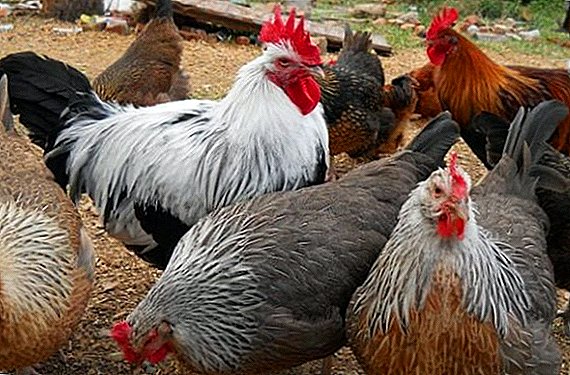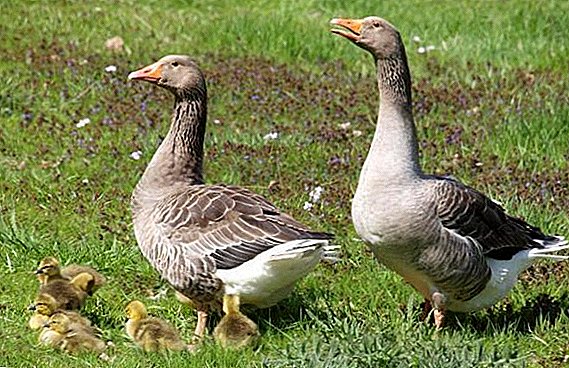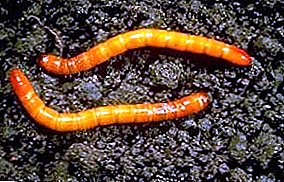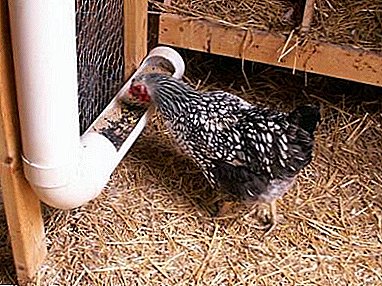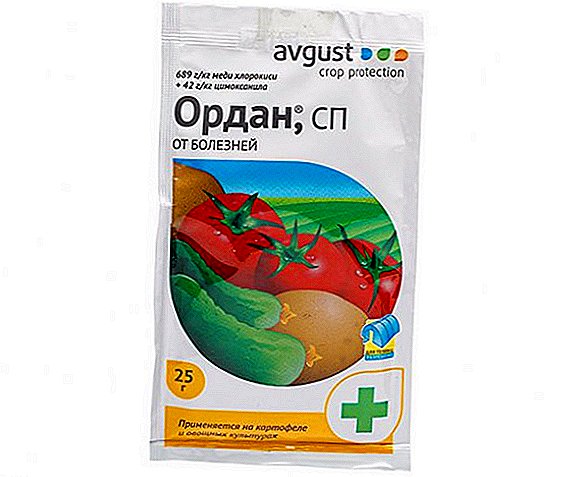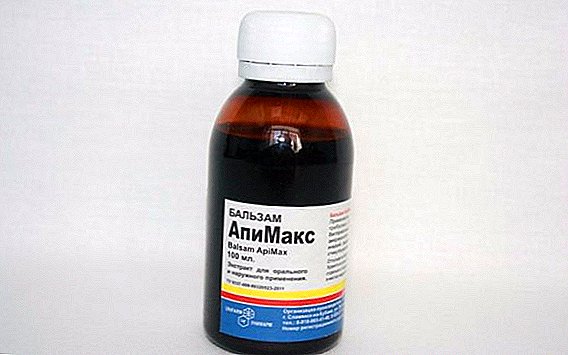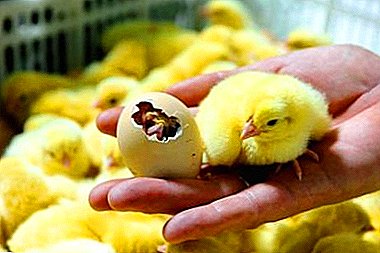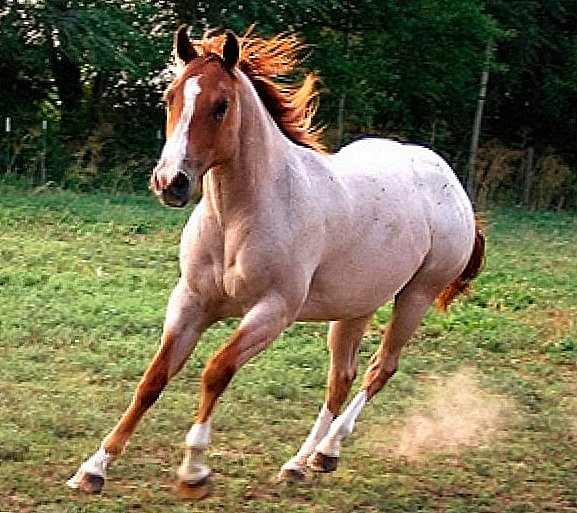
The color of the horse is the main feature of the animal.
This characteristic is inherited.
The suit is determined not only on the basis of the body color of the horse, but also taking into account the color of the mane, limbs, tail, even the eyes.
The division of suits is very clear, no discrepancies are allowed.
A horse with a bay suit cannot grow a white mane, and a red horse cannot have black limbs.
The formation of the horse's suit occurs during the development of the young, but the older the horse becomes, the more likely it is that this characteristic will change.
Often, the foal is born black, brown, red-haired with white hair, that is, it is almost impossible to say unequivocally what color the newborn animal belongs to.
4 main suits of horses have long been singled out - these are gray, black, red and bay. All major suits are derived or fitted. There are more than fifty stripes in the world.
Black horse color

For animals of this suit is characterized by a uniform black color of the hair on the head, legs and torso. The mane and tail of these horses are exceptionally black.
Hooves can be either completely black or with white blotches. Suit transfer can be observed in 70% of young stock.
A black horse without hair of brown or red color is very difficult to find, compared to bay and red animals.
There are non-fading black horses. They do not fade either from the sun or from changing weather conditions, that is, they will not be counted among the raven animals "in tan".
Non-casting foals are born smoky or black with a bluish tinge.
Shedding begins only in very bad weather. Shedding black horses shed from the changes in the weather and from contact with sunlight.
Foals of such a tram are born ashen, dark and brown or even brown. The molt of each animal is different, and the rich black color of the wool is extremely poor.
In a separate caste isolated black horses "in tan". Have these horses wool in the summer fade under the influence of the sun, that is, the tips of the hair gets a reddish tint.
If the black pigment is unstable, and in case of prolonged contact with the sun, the horse can turn from a black animal into a dirty brown, and the color of the mane, tail and legs will not change. In winter, the horse turns black again.
Red horse color

The horse is called red, if it has a red body, mane and tail. Hue can be varied - from light red to dark red.
Often, the color of the mane and tail coincides with the color of the body, but sometimes the shade can be different. Rare animals are found in which the mane and tail are dark brown.
Distinguished red color from the bay color of the limbs - in red horses brown feet. Sometimes you can find animals of dark brown color.
Wool on the body of such horses has a large number of black hairs, but the dark impurity on the mane and tail is still dark brown.
Some brown suit horses can be confused with black ones, because the brown shade is too dark. But it is clear that genetically these suits are completely different. In light brown horses, the hull is colored light brown.
Navy suit horses

In solitary horses, the hull is colored in any shade of red, and the tail and mane are exceptionally white.
There are dark solovy horses, which are often confused with playful animals. Also, horses of light salty color are confused, as they are very similar to isabella animals.
At birth, young growth is almost white or very light. Over time, the pink skin of the foals becomes darker. The eyes of the nightingale horses are mostly brown, but animals with amber or light brown eyes can sometimes be found.
Horses acquire a navy suit because of a single cream gene, which slightly changes the red color. It is this gene that makes the mane and tail white, and also creates a light sheen of red hair on the body.
It is by these characteristics that this horse can be identified as a nightingale or playful. In general, these animals look great.
Bay horse

Brown horses have brown heads and torso, and all other parts of the body are black.
Some animals may have black or dark brown shoulders in the area of the withers. Do horse horses have a small admixture of black hair throughout the body.
The shade of wool can vary from light brown to almost black. Little foals in a bay suit may have light legs, the color of which becomes darker with age.
There are light-bay horses. In their shade, they are very close to the dark loin color. The shade of hair on the face, the areas around the eyes and lower abdomen is the lightest.
On the tail and mane, you can find brown hairs, and on the limbs black and brown shades are mixed.
Sometimes a band of dark hair is formed on the ridge, and there may also be a slight zebroid of the limbs. Dark bay horses are almost black. There are also chestnut, gold and cherry horses of bay color.
Gray horse color

The gray color of the wool of these horses is formed by mixing black and white hair. The older the horses become, the more their body color changes, gray hair appears.
The young growth is born black, bay, red or any other color, but after a certain time the wool brightens, due to which the gray color is formed.
Young horses are dark gray, red-gray or sex gray, but the white color appears more and more with age.
Horses of this suit may be dark gray, and light gray, and almost white. All animals have a gray skin with dark skin.
Beginning at the age of nine, horses become brighter. If the animal was light gray, then upon reaching this age it will become almost white.
The body may be covered with dark spots, such a suit is called gray "in apples". If the horse is old, then its body is covered with so-called buckwheat - these are small dots of dark flowers.
The color of the coat changes with age, but the color of the skin remains the same dark, but age pigmentation takes place. A characteristic feature of horses of gray color is their sensitivity to certain types of food. For example, buckwheat straw causes rashes in animals as an allergic reaction.
It is also interesting to read about the best breeds of goats.
Royal suit of horses

“Pals” is an admixture of blond hair on the body of bay, red and black horses. This contrast is especially noticeable in animals with a dark color.
Truly roan horses are extremely small compared to animals of gray color. The hair on the mane, tail and head may not have any white hair impurities at all, or it is almost invisible.
With the change of time of year those places where there is white hair change their color, but in general, the color of the animal does not change significantly. The main difference between roan horses and gray ones is that the first species of animals every year becomes darker and darker, but gray fillies only turn white.
Sometimes there are roast horses "with apples", but the appearance of these marks does not depend on age, but on the season.
Some animals are black and white, as the progeny gene is present at the base of their black color. If you look from afar, the horse will appear not either gray, not blue, not purple. Such animals have long been nicknamed the blue horses.
In crows, the head, tail, lower limbs and mane are always black, which makes it possible to distinguish representatives of the robe from animals of the dark-gray suit.
In the bay-roan horses the head is the same color as that of the usual bay mares, but a large amount of white hair is scattered all over the body. As befits a bay horse, the shade of their tail, mushrooms and lower legs are typically black.
If the mixture of red and chaly suit - red-roan. From a distance, the animal generally appears pink, especially if the red hair is red. The admixture of white hair in such animals is absent on the head, mane, legs and tail, and you can find light spots on the rest of the body.
Karak suit of horses
A caracan horse is a black filly, which has burns.
Manifestation of pigmentation in the eyes and lips.
The fender is very visible on the black pile of such horses, so it is very easy to distinguish caracara horses from dark-haired ones.
Damn horse

Horses with fur-colored suit have sand color different shades, but on the mane, tail and logs the hair is still black.
The presence of the wild gene, which manifests itself in the form of a black strap on the back or the zebraus of the extremities, is characteristic of the dun suit.
Shades can be very different - the body can be fawn or almost white, and sometimes the animals are dirty yellow (dark-dun).
In the sun, the horse's coat of this color gives a golden sheen.
Also often animals with "apples".
Also in animals of this suit cream gene presentwhich can lighten the hair on the limbs, turning it from black to dark brown.
The skin is a dark-tinted horse-tail, and the eyes are brown or amber.
Dark suit of horses

Dark and playful horses are animals whose hair is red on the body, and of various shades from chocolate to light red, and the tail and mane are white.
Impurity of hair of red color can be and in a whitish tail and a mane. Only a mane or tail can be lightened, and this is absolutely normal.
Often playful horses are confused with silver-bay, but between these animals there are fundamental differences: the playful mares have the darkest hairs of the tail and mane - brown, while silver-bay animals have the same hair - a dark ashy shade.
Also for play suit characteristic red color and the presence of marks on the lower legsand in silvery-bay animals the limbs are either ashen or brown.
Savra suit horses

In savana horses, the color of the coat on the body is rather faded, lightened. In most animals, the zebroid of the limbs is visible and there is a belt on the back.
The color of the head, tail and mane corresponds to the main suit. Savarity arises due to the presence of a gene in animals of the main colors, it is called its “wild coloring” gene. He is dominant and brightens the hair of horses.
Only hair on the mane, tail and legs is not subject to lightening, but black and red pigments are partially removed from wool on other parts of the body. Savrasty is present in the most ancient colors, so it is called "wild color".
This color contributes to the fact that the horse becomes more invisible in the wild. Savrasu suit has characteristics characteristic only to it, which are called "primitive marks."
These signs apply to all ancient horses. A savvy horse always has a belt on its back, which manifests itself in the form of black or dark brown stripes, which sometimes grab a mane with a tail.
There are zebroids on legs in the form of horizontal stripes on the limbs, which are very visible above the wrist and hock. These marks smoothly translate into dark shades of the lower limbs.
This characteristic is not mandatory, as there are individuals that have these bands or not, or they are too invisible against a dark background.
In savannyh horses there are so-called "wings" - a transverse band of dark shades on withers or shoulders. There can also be a "gossamer" - a dark net or stripes on the forehead of a savras horse. This suit is characterized by the presence of white strands in the tail and mane.
It is also interesting to read about the ways of keeping cows.
Costume of horses Pegaya

This is also an apprentice, which manifests itself in the form of white spots scattered on the main suit. Limbs almost always or completely white, or partially.
The hair in the tail and mane is either combined or white. If the horse is pinned, then it is partly albino, since it is the gene of albinism that can form white marks on the body of the animal.
The eyes of the piebald animals are blue and not hazel, and sometimes only one eye can be bright.
Pinion is divided into two types of coloring: tobiano and overero.
Tobiano coloring is characterized by a dark color on one or both sides of the animal. The legs remain white, either completely or white is the area below the knee joint.
Those places where the wool is dark are symmetrical, oval or round in shape, form a shield, as they "slip" down the neck to the chest.
The hair in the tail is two-tone. The head is painted in the color of the main suit, but white markings of various shapes can also form. An animal with an over coloring has dark limbs on the body, white spots do not cross the back between the tail and withers.
Light areas asymmetrical, have the form of large blots. Such marks are called calico. The tail has a uniform color.
Chubaraya suit horses
In animals, the chubar suit has small sizes of oval spots, which are formed on the basis of the main suits.
The color of spots depends on the color of wool from the base suit, but the main color changes due to the presence of white hairs.
In the area of the sacrum almost always there is a white symmetrical spot. Sometimes this spot can fill the entire body of the animal, and the horse turns white in leopard marks.
The skin of such horses is covered with pink dots, and the hoofs are zerboid, that is, covered with stripes of dark horny tissue and unpainted. Chubart can occur on the basis of any suit.



